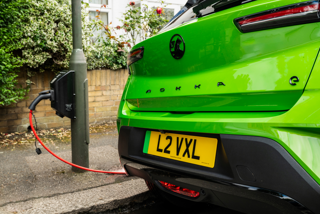GDPR has been high on our sector’s agenda over the past year, with the emphasis on attempting to make our organisations compliant. However, the DVLA’s decision to no longer put previous keeper information on a used car V5 seems to have slipped under the radar.
A customer or dealership can request the information for a fee, but I was told there had to be a good reason for asking them to disclose it. Although this seems like a minor change, it has been made against the backdrop of the Glyn Hopkin/FCA case, where the Advertising Standards Authority held that “retailers’ adverts of used cars must specify whether the vehicle being marketed had previously been used for business purposes as part of a fleet where the relevant retailer is aware of this fact” (NFDA Briefing Paper March 2018).
This leads to the conclusion that best practise would be to ensure a customer signs to say they have seen the V5. Provided that the car was not ‘in trade’ or kept by a holding company on behalf of a fleet, there should be a level of transparency.
There is a discussion to be had over whether an ex-rental fleet car would be in worse condition than that of a PCP customer. The latter could have thrashed the car for three years and rented it out through Drivy at weekends. (Other rental providers are available.) However, I suspect if I presented a retail customer with two identical cars and told them one was from a car hire fleet and the other had one private owner, the customer would opt for the private vehicle.
In the Glyn Hopkin/FCA case, if the DVLA policy had been in place, the customer would not have known who the previous keeper was. Unless the dealer was able to go through the service record or requested the information it is possible they wouldn’t know either.
This situation is problematic. Most used car customers show an interest in a car’s history and this situation will cause a dilemma. Do you only sell cars on which you know the history? Or when asked, do you say you don’t know? The second of these responses places the dealership in a difficult position legally.
There is also a concern that this lack of transparency could lead to a lack of confidence in the used car market, reducing the value of stock holdings, or may increase the demand for cars with comprehensive warranty schemes.
The DVLA could easily solve this problem by simply displaying categories of previous owner, without giving the name or details. This would not be full proof, but if Category A was rental, Category B was fleet use, Category C was private use, etc. this would at least allow for a more informed assessment.



















Login to comment
Comments
No comments have been made yet.